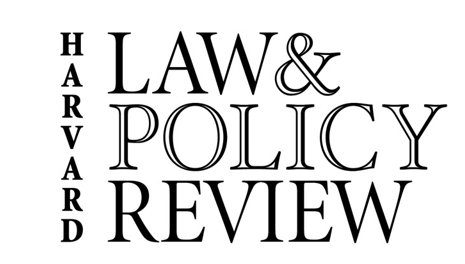By Robert Seaney*
The passing of one of America’s most prolific jurists has sparked a fierce debate over Constitutional interpretation in an entirely different branch of government. Senators Ted Cruz and Mitch McConnell immediately took to Twitter to express their intentions to block any nomination advanced by President Obama; Senator Elizabeth Warren responded that such efforts would be “abandoning the duties they swore to uphold.”
In the likely event that the Senate does elect to obstruct a confirmation, Obama will be left with limited options. He might try an appeasement approach with an agreeable nominee like Sri Srinivasan, an India-born DC Appellate judge approved unanimously by the Senate less than three years ago. Alternatively, if he perceives any confirmation attempt to be futile, he may nominate someone he likes but knows would be D.O.A. in any Republican Senate: Pam Karlan, for example, an outspoken and celebrated liberal law professor who – if she were somehow confirmed – would become the first openly gay justice.
But as we face the increasing likelihood of an eight-person court, it bears considering the ramifications of a split judiciary. Notably, while we’ve been inundated in the past couple days with shortlists and punditry, surprisingly little has been said about what may pan out to be one of the most consequential elements of Justice Scalia’s passing.
Just one week ago, Justice Scalia joined the majority in issuing an unexpected “stay and postponement” of the Obama administration’s Clean Power Plan. While an important step forward in America’s efforts to reduce domestic carbon emissions, the Plan was most significantly a means of securing international cooperation at last year’s historic Paris Agreement. A perceived slip in the United States’ commitment could jeopardize the tepid international consensus in a manner redolent of the 1997 Kyoto Protocol.
On this particular issue, an understaffed court may serve the President’s interests. The challenge to the Plan (beyond the temporary stay decided February 9, 2016) is led by over two-dozen states and numerous energy companies, and will be heard by a three-judge panel of the DC Circuit Court in oral arguments beginning this June. Fortunately for the President (and, arguably, for the planet), the panel is composed of judges likely receptive to the EPA’s regulatory efforts. Judith Rogers, a Clinton appointee, and Karen Henderson, a George H.W. Bush appointee, have each stood in favor of the EPA in the past. The third judge, Sri Srinivasan (referenced above), has a limited corpus of environmental decisions, but is a recent Obama appointee. Thus, an early fall decision in favor of the emissions standards appears likely.
If the DC Circuit finds in favor, the Supreme Court will then consider whether or not to grant certiorari. If they did, a vote from Justice Scalia would have probably struck down the regulations along the same partisan divide as Tuesday’s stay and postponement. Instead, if the Court grants certiorari before a replacement is confirmed, they will likely split 4-4, with Justices Thomas, Alito, Kennedy and Roberts opposing the EPA regulations and Justices Ginsburg, Kagan, Breyer, and Sotomayor supporting. Such a split would uphold the lower court’s ruling (without generating precedent), and the Clean Power Plan would proceed as law.
In 2006, Justice Scalia famously said, “I don’t want to have to deal with global warming, to tell you the truth.” For a generation not afforded the option, there may just be a route forward without the late great ninth justice.
* Robert Seaney is a 1L at Harvard Law School.
